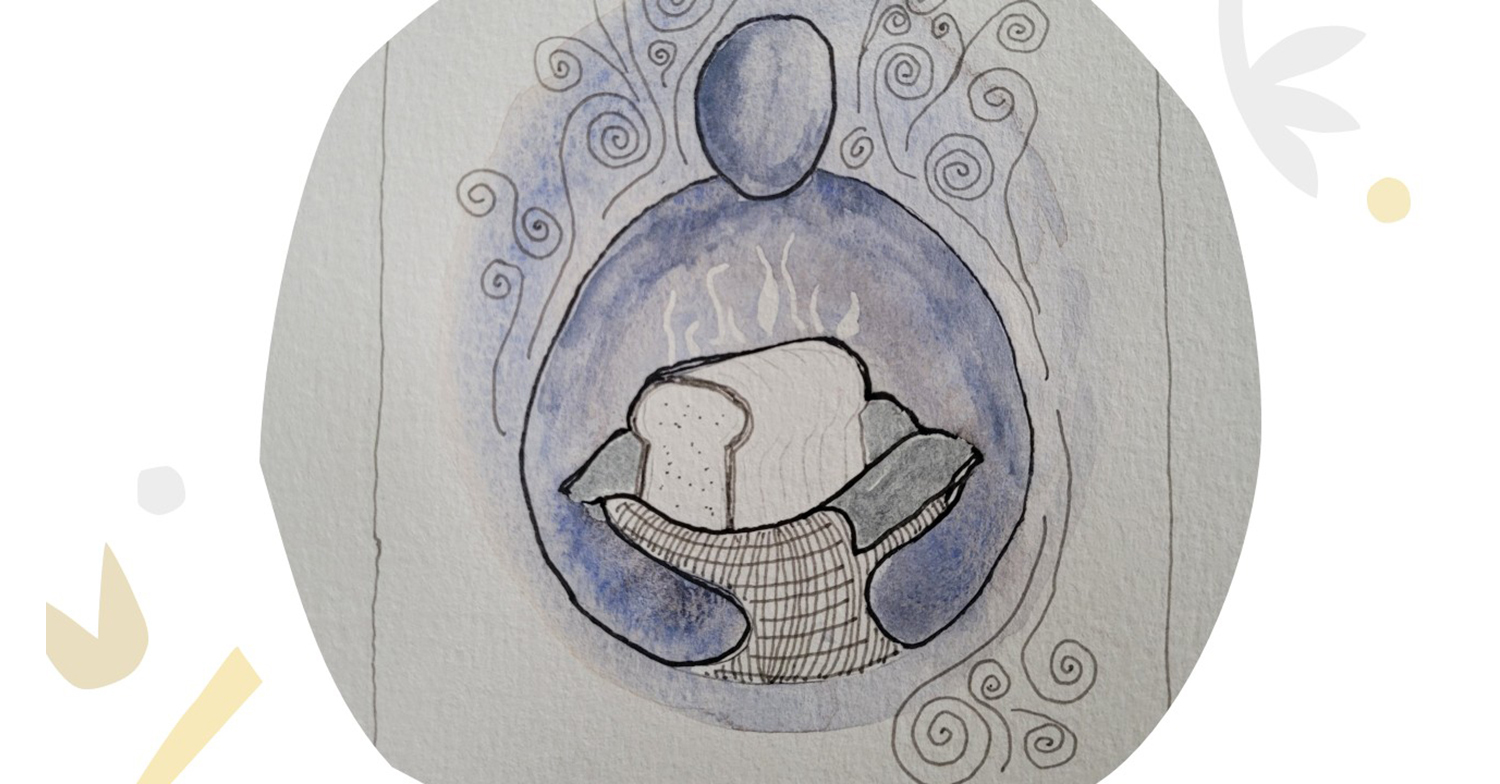
Illustration: Wendy Newbery. Posted with the artist's permission.
By Rev. Chris Brouillard-Coyle
A MOM of two children with disabilities describes their family’s experience of Church as like being in a dinghy that is towed behind a cruise ship. They may have the same goal but can’t get there in first class. They feel like outsiders since their children have been born despite a lifetime of engagement with church communities.
Another mother was excited to introduce her child to the congregation after months in the neonatal intensive care unit. Unfortunately, the child may have been a bit too excited over the music that day and made a bit too much noise for some. They were told that the next time they came they were to sit at the back so as not to be a distraction to others. Some parents were told that their child’s disability was a consequence of their own poor choices. Is it any wonder that they chose not to return out of fear of judgment?
Some families choose not to bring their children to church or simply do not attend at all because hidden disabilities might lead to individuals blaming poor parenting or otherwise see their children as poorly behaved if they become overstimulated. When people don’t understand hidden disabilities, ones that are not visibly obvious, it can be particularly challenging to feel welcomed and accepted.
Other families do not participate in church because individuals are not prepared to make accommodations. Insisting that foods that contain allergens are part of the tradition, refusing to include foods that better accommodate those with sensory needs, or ignoring requests to change lighting or reduce noise for the wellbeing of those who are neurodivergent sends a message that those with special needs are not truly welcome.
These experiences are all part of the stories shared through research done by Laura MacGregor and Allen G. Jorgenson entitled “Beyond Saints and Superheroes: Supporting Parents Raising Children with Disabilities.” What does it look like for congregations to honestly confront the realities of these stories and what it says about Church? This was goal of a recent sermon series at St. Paul’s, Essex.
Each Sunday followed a similar pattern. It began with a short conversation about artwork inspired by the stories of the research and created by disability activist and artist Wendy Newbery. The sermon then shared the related stories from the research creating space for further reaction and conversation. Lastly, connections were made with the scripture highlighting what we can learn from the resources of faith about how to walk with those who are different.
The result created space for meaningful conversations and opportunities to reflect on how we are accommodating and can better accommodate diverse needs. One of the consequences of this particular series was the introduction of fidget toys which are designed to help engage hands and free minds to focus on what is happening. Interestingly, adults and children alike have made use of these toys at different times reminding us that accessibly can benefit everyone.
So often when we think about accessibility we focus on physical issues, adding ramps and accessible bathrooms. Accessibility can be so much more dependent on the needs of those in the community.
In the diocesan plan, Turning to Grace, congregations are encouraged to “reexamine learning about diversity that does not resonate with what we know about God. (And) extend these insights into conversations to encourage honesty about issues of diversity.”
So often when we think about accessibility we focus on physical issues, adding ramps and accessible bathrooms. Accessibility can be so much more dependent on the needs of those in the community. For too many families in this research, there was a lack of attention to these needs. There were, however, bright lights – congregations who saw the children with disabilities as valued members of the Body of Christ and found ways to ensure that they could share their gifts as they chose. For one mother, this led to her describing the church as being like bread – warm, welcoming, and nourishing for her and her family.
What does it look like for all of us to be honest about the ways we interact with diverse individuals? What story might parents with disabled children tell about our congregations? What are we willing to do to ensure that more of our congregations are like warm bread? May we continually turn to grace and open ourselves to do what is needed to ensure diverse individuals feel like they are valued members of the Body of Christ.
Those curious about the content of the sermon series can find the images and text on the St. Paul’s website at: https://stpaulsessex.ca/podcasts/media/series/encountering-the-resurrected-christ
Rev. Chris Brouillard-Coyle is a co-chair of SEJH.
Resource quoted: Laura MacGregor et al., Beyond Saints and Superheroes : Supporting Parents Raising Children with Disabilities: A Practical Guide for Faith Communities, in Beyond Saints and Superheroes : Supporting Parents Raising Children with Disabilities: A Practical Guide for Faith Communities (Mad and Crip Theology Press, 2023).